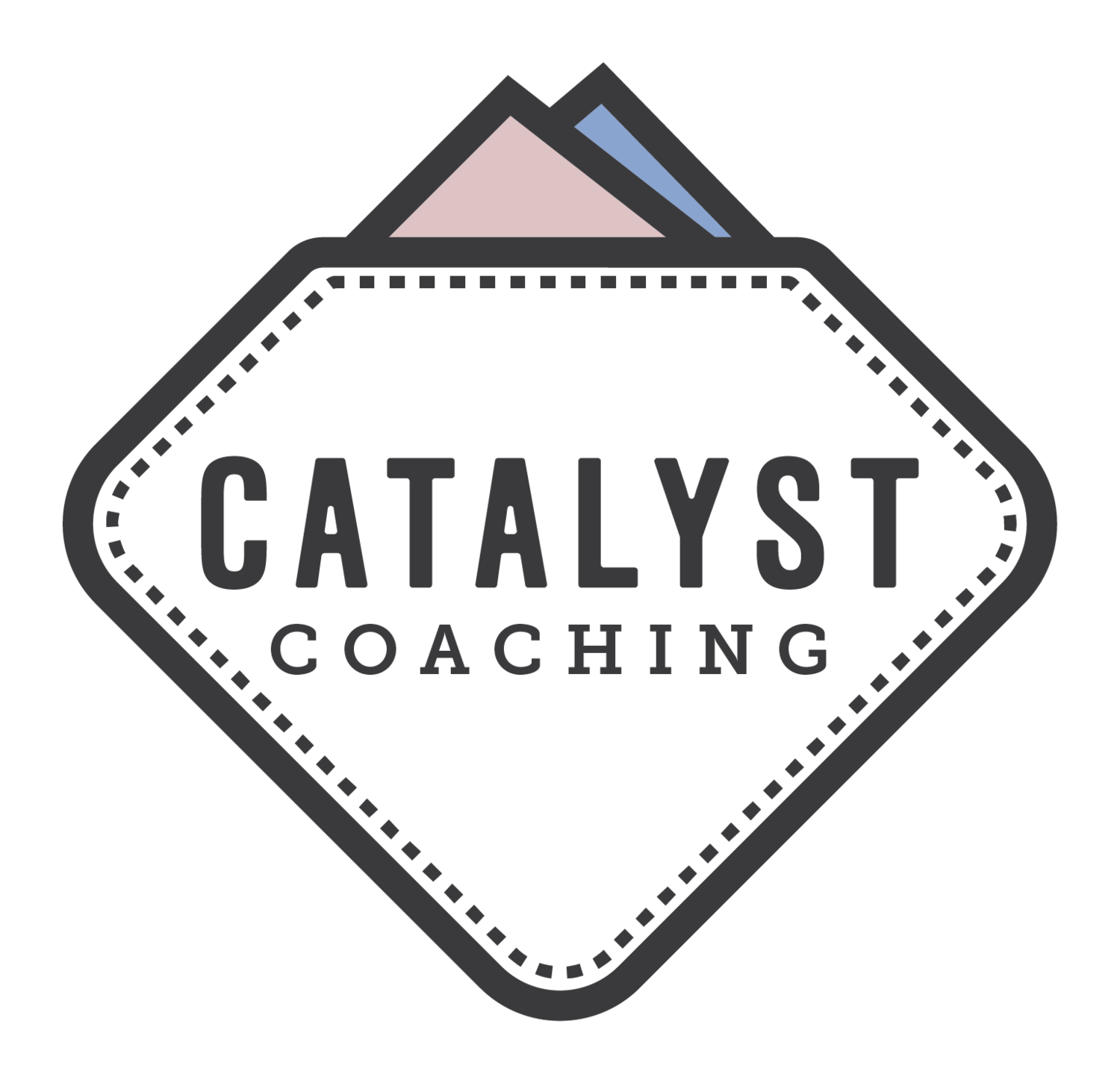Summit Fever
/Most athletes have realized the impact of COVID-19 at this point. In response to the situation we’re in, I have seen endless ideas of altering training to maximize productivity. In generating new plans and staying busy it’s interesting to consider what is the healthy balance. The balance meaning, what is the mental, physical, and emotional cost of training to athletes? How does what an athlete is doing now influence what they’re able to do when lockdowns start to lift?
While considering all of this, my mind kept returning to the concept of “summit fever.” I love reading mountaineering books and this is something written about a lot. The summit is within reach, but storm clouds are rolling in and if the climbers don’t turn around logic would say they’re going to be in trouble. They’ve spent days climbing to get to this point and they’ve spent months preparing for the days they’ve just spent climbing. Sounds familiar, huh? Now they’re within an hour of the summit and people are saying not to go. They can turn around and leave it for another day, or they can push on and get to the summit, but they increase risk of harm. If it doesn’t end well, what was the point?
The allegory in cycling is very clear to me. It is April and a lot of athletes I work with had big targets for right now. They were 99% of the way there, but now they don’t have the chance to stand on the summit. Athletes can back it down, reset, recover and know the summit is going to be there for the taking another day or they can push on out of desperation to reach that peak condition and use it. Maybe it all works out and is totally fine, or maybe they tempt fate and the cost is not having the enthusiasm to build up to a new peak once things go back to normal.
I don’t think there’s a right or wrong way to work through this period as an athlete. I don’t think working hard is detrimental and I’ve been encouraging most of my athletes to keep training. Below are some ideas to consider mixing in:
Don’t be afraid of resting and losing fitness. If an athlete reached a high point of fitness, they will be able to get there again in the future.
Go for a hike. After I stopped racing full time, I realized I could get deeper into the mountains and experience all new scenery by getting off my bike and onto a hiking trail.
Start a book club with your friends. It should probably be a virtual meeting, like zoom or skype. Treat yourself, uncork a bottle of wine, put on a nice shirt.
Put more focus on improving weaknesses in mobility and balance that you may have developed over the years. If you need a place to start, I got a lot out of Running Rewired by Jay Dicharry.
Get stuck into cooking something you’ve never made before.
Do more yoga. YouTube has an amazing collection of free yoga practices and it can be a great way to clear your head and relax.
Enjoy having free time. I think there is a fear of free time and going “stir-crazy.” I find that a lot of athletes work so hard to fill their days that they totally exhaust themselves. It’s ok to take some days on the couch.
Like I said, I don’t have the answer of where the balance lies – it is individual. However, I encourage everyone to consider the big picture.












